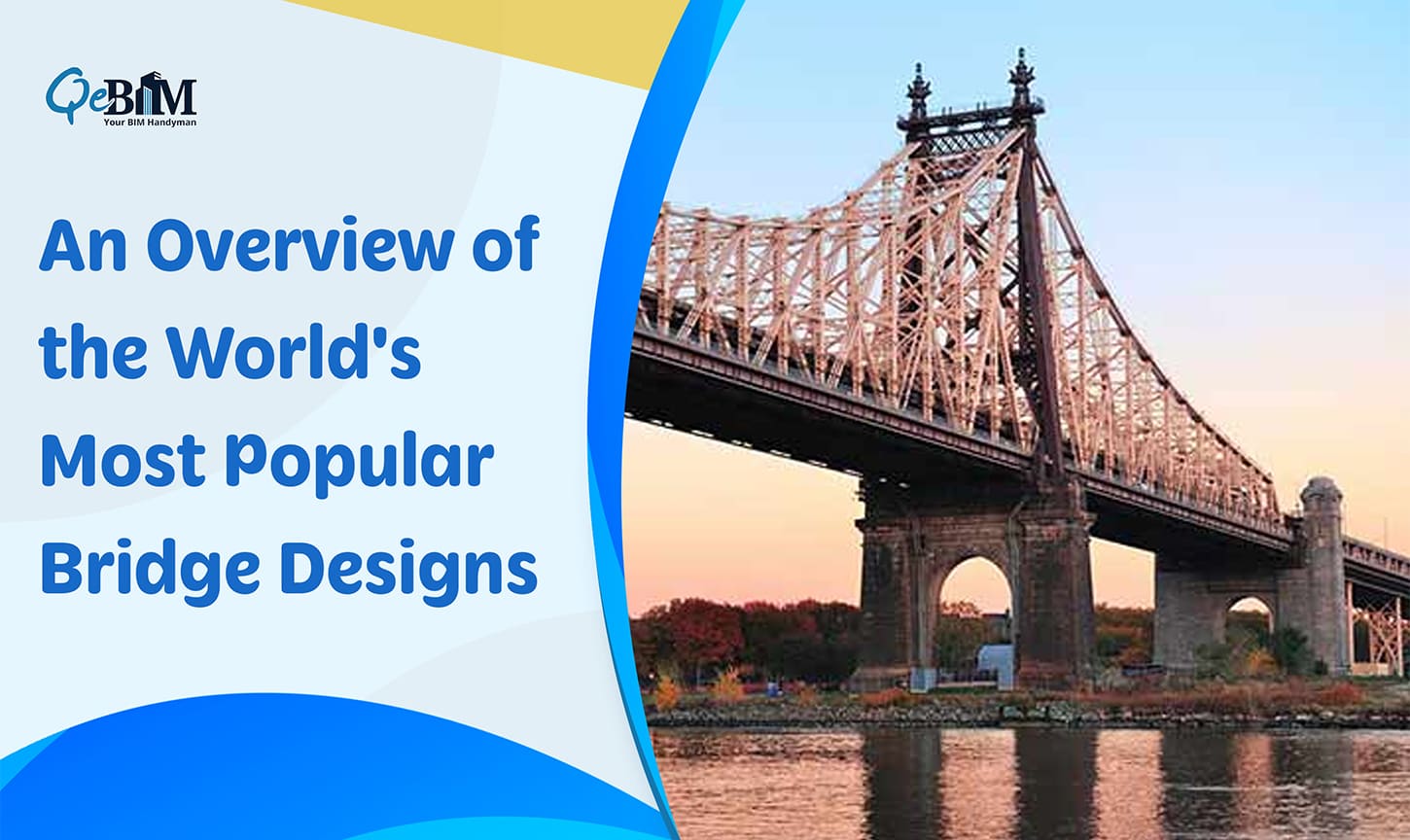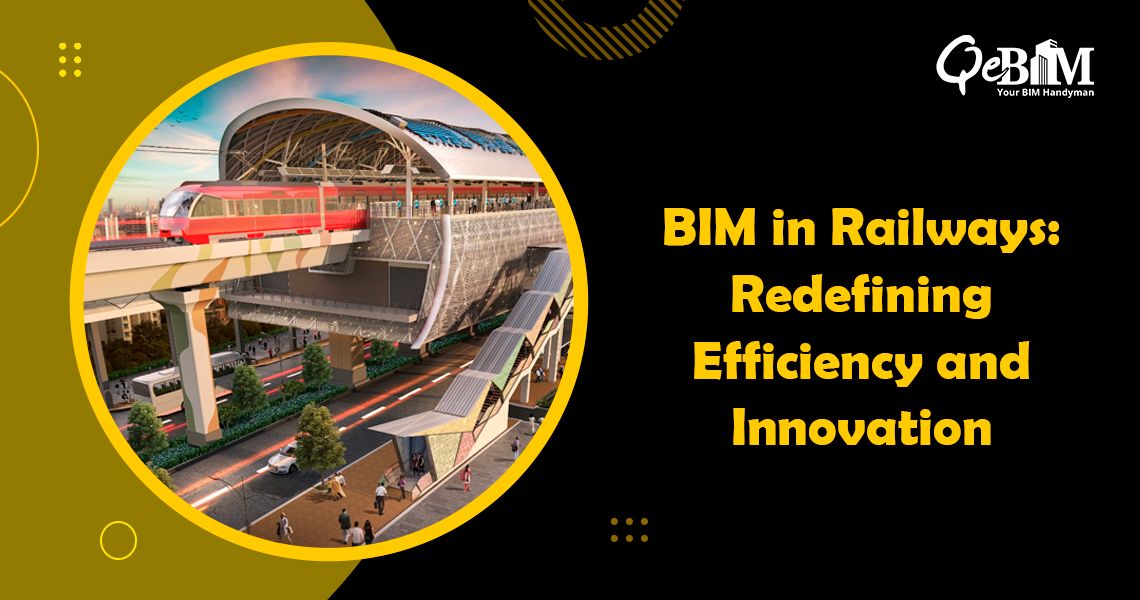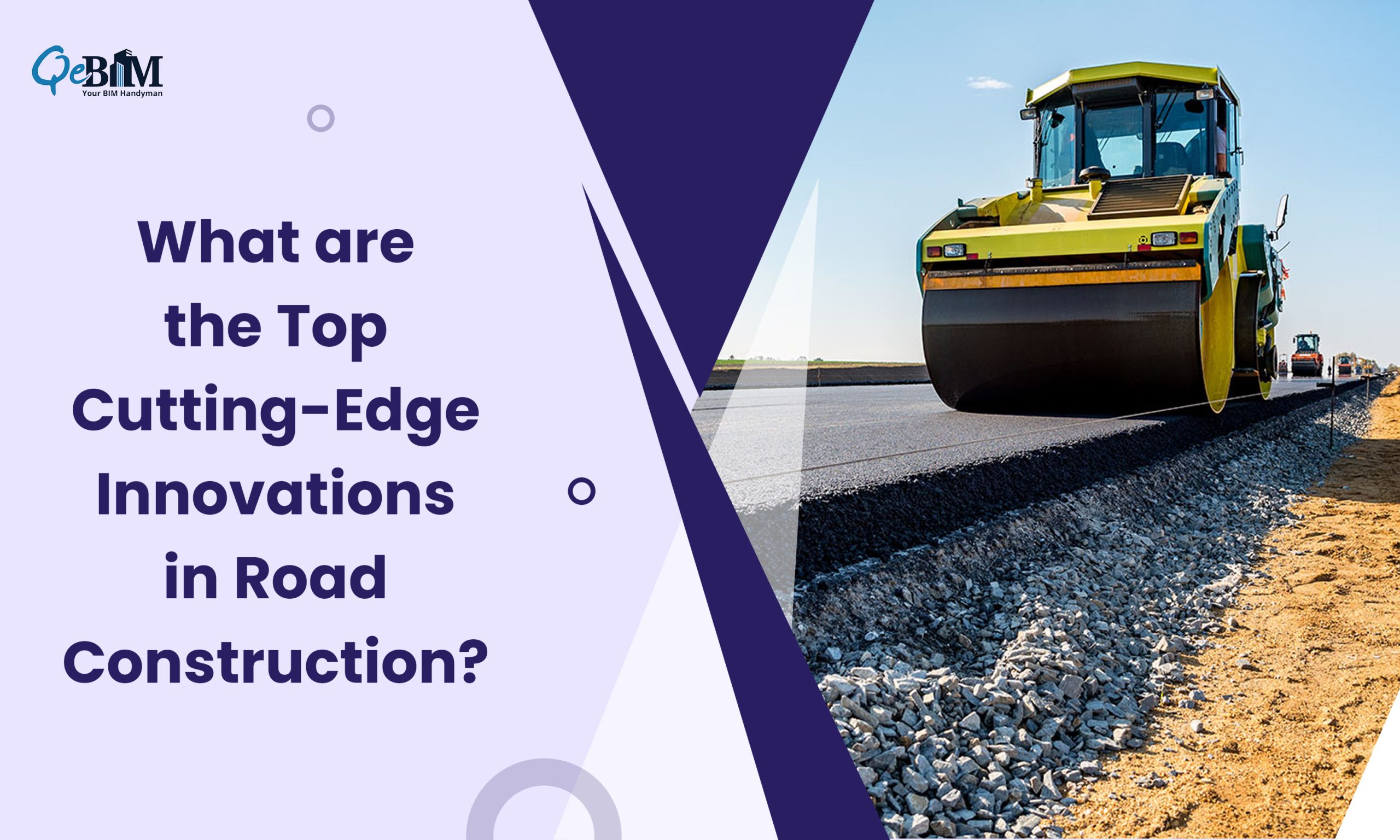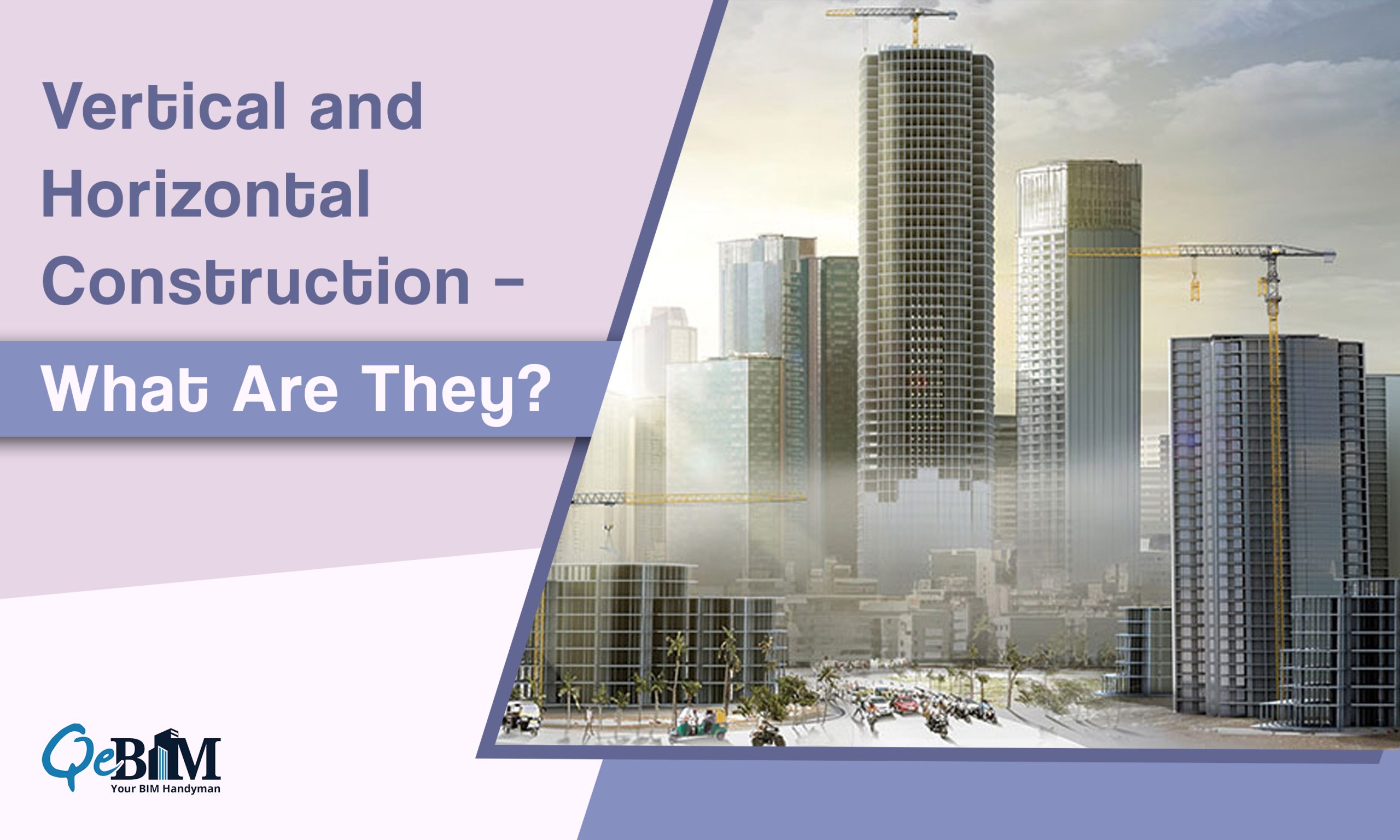Bridges are not just practical structures for getting from one side to another; they are iconic symbols of human innovation and connectivity. Throughout history, countless bridge designs have been developed to overcome various challenges posed by geography, materials, and engineering capabilities all thanks to BIM Modelling Services. In this blog post, we’ll explore some of the most common types of bridges and the unique features that make each one a marvel of design and construction.
A Closer Look at Common Bridge Types
1) Beam Bridges: Simplicity in Design
One of the most straightforward bridge types is the beam bridge. It consists of one or more horizontal beams supported at both ends. Beam bridges are ideal for short spans and are typically constructed from materials like wood, steel, or concrete. They are frequently encountered in rural regions, where simplicity and affordability are of utmost importance.
2) Arch Bridges: Timeless Elegance
Arch bridges are renowned for their elegant and enduring design. They feature a curved structure that redistributes weight and stress, making them ideal for spanning longer distances. The Roman aqueducts, constructed centuries ago, exemplify the longevity of arch bridges. Contemporary adaptations incorporate a range of materials, such as stone, brick, concrete, and steel.

3) Suspension Bridges: The Art of Tension
Suspension bridges are engineering marvels that rely on tension and compression to support their weight. These bridges are easily recognizable by their tall towers and a series of vertical cables that support the bridge deck. The Golden Gate Bridge in San Francisco and the Akashi Kaikyō Bridge in Japan are famous examples of suspension bridges.
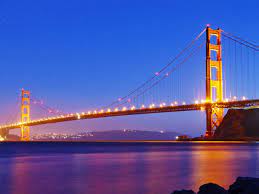
4) Cable-Stayed Bridges: A Modern Twist
Cable-stayed bridges share some similarities with suspension bridges, as they both use cables. However, cable-stayed bridges employ a different support system. Instead of hanging the deck from vertical cables, the deck is directly connected to the towers via cables. The Millau Viaduct in France is a stunning example of cable-stayed bridge design.
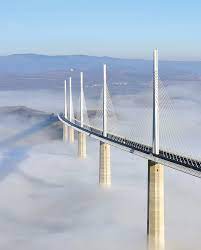
5) Truss Bridges: Strength in Geometry
Truss bridges are known for their intricate geometric patterns that provide exceptional strength. They comprise an arrangement of interconnected triangles that effectively distribute loads. Truss bridges are frequently constructed from steel and are suitable for spans of both short and long distances. The Forth Bridge in Scotland stands as a timeless illustration of a cantilever truss bridge.

6) Movable Bridges: Adapting to Maritime Needs
In areas with significant water traffic, movable bridges are essential. These bridges are designed to open and close to allow the passage of boats or ships. Common types of movable bridges include bascule bridges (with a counterweight system), drawbridges (lifting vertically), and swing bridges (rotating horizontally).
7) Tied-Arch Bridges: Combining Strength and Aesthetics
Tied-arch bridges blend the aesthetics of arch bridges with the structural support of cable-stayed bridges. They feature arches held together by horizontal beams or cables. These bridges are often chosen for their visually appealing design and structural integrity.
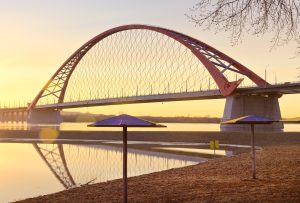
8) Cantilever Bridges: Bold and Sturdy
Cantilever bridges have an intriguing and bold design. They extend from piers or towers and meet in the middle, often with a suspended section between them. The Quebec Bridge in Canada is a prime example of a cantilever bridge, showcasing the strength and stability of this design.
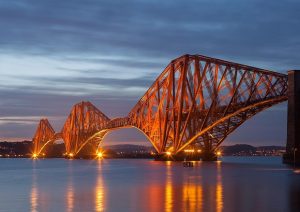
9) Composite Bridges: Combining Materials for Efficiency
Composite bridges leverage multiple materials to enhance their performance. By combining materials such as steel, concrete, and reinforced concrete, engineers can design bridges that maximize strength and minimize weight. This makes them suitable for a varied range of applications and environments.
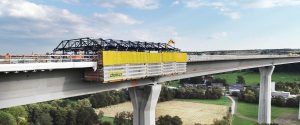
10)Pedestrian Bridges: Enhancing Urban Connectivity
While many bridges are built to accommodate vehicular traffic, pedestrian bridges serve the needs of pedestrians and cyclists. They come in various designs, from simple beam bridges to eye-catching architectural masterpieces. Pedestrian bridges serve not only as secure pathways but also as enhancements to the urban environment.
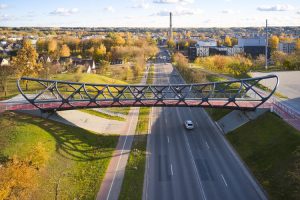
11) Railway Bridges: Supporting the World’s Transportation Networks
Railway bridges are specialized structures designed to carry trains and railway tracks. They come in various forms, including truss bridges, girder bridges, and arch bridges, depending on the specific requirements of the railway line.
12) Green Bridges: Promoting Ecology in Urban Areas
Green bridges, also known as wildlife crossings or eco-bridges, are designed with a unique purpose – to enable the safe passage of animals over highways and other urban barriers. They are often planted with vegetation and provide a safe and natural connection for wildlife populations.

Conclusion:
The realm of bridge design stands as a testament to human creativity and innovation, adaptability, and a pursuit of excellence. Each type of bridge has its unique characteristics and applications, driven by geography, intended use, and the materials available. The introduction of technologies like BIM has revolutionized the way we approach bridge design and construction. As BIM continues to gain momentum in the field of infrastructure, bridge projects are becoming more efficient, cost-effective, and sustainable. BIM for Infrastructure, is at the forefront of technological advancements in the construction industry. It’s more than constructing bridges; it’s about spanning the divide between conventional methods and the digital future.
As we continue to push the boundaries of engineering and design, we can expect even more innovative bridge types to emerge, enhancing connectivity and defining our skylines. From the ancient arch bridges of Rome to the futuristic designs of today, bridges remain an essential part of our infrastructure and a reflection of our aspirations to connect the world. Whether for practical transportation or sheer architectural beauty, bridges are more than just structures; they are a testament to human achievement.
